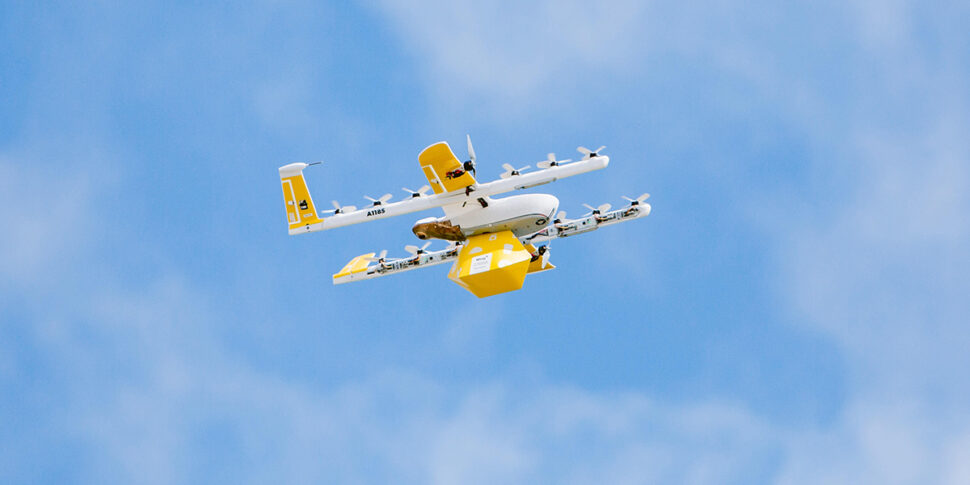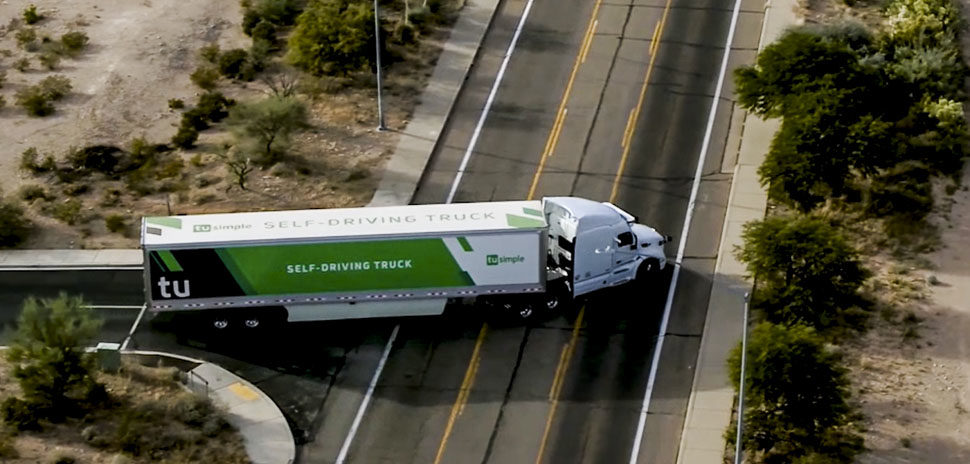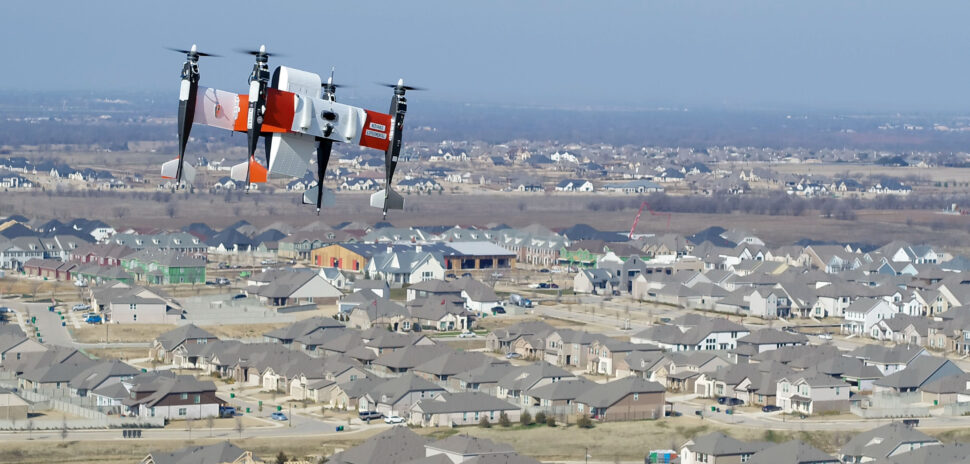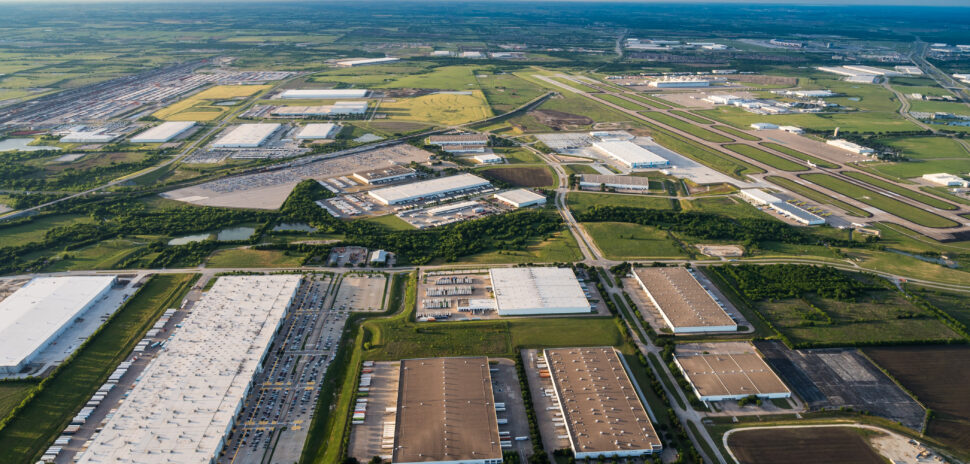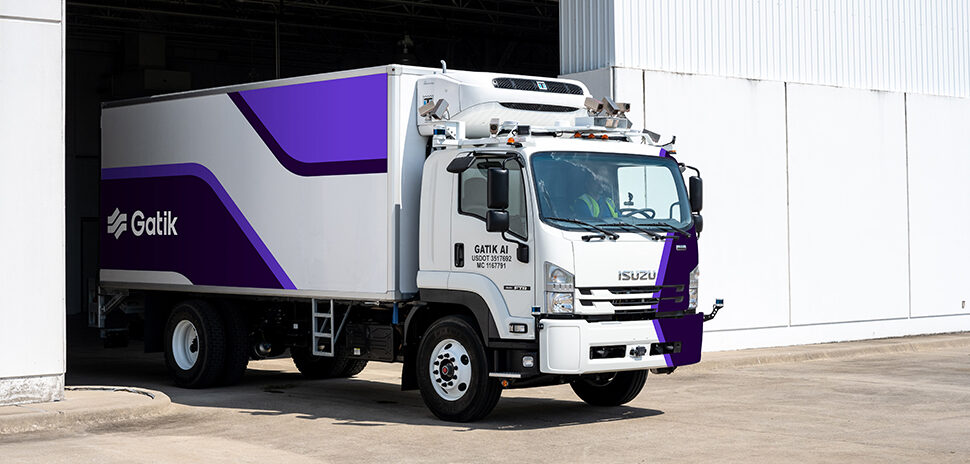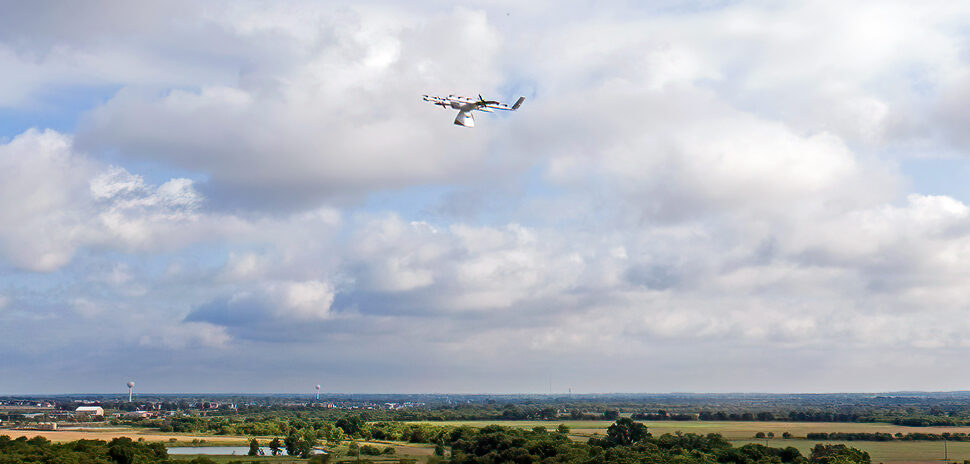 All signs indicate that air mobility vehicles are set for rapid and radical growth in the coming decades. Morgan Stanley currently estimates the industry to top $1 trillion by 2040, and more than 150 companies currently have UAM and AAM aircraft projects in development. Established companies like Airbus and Bell are making giant strides with UAM aircraft, while a host of eVTOL original equipment manufacturers (OEM) like Joby, BETA and Archer are attempting to push speed, range, and capacity to take AAM innovation to new levels.
All signs indicate that air mobility vehicles are set for rapid and radical growth in the coming decades. Morgan Stanley currently estimates the industry to top $1 trillion by 2040, and more than 150 companies currently have UAM and AAM aircraft projects in development. Established companies like Airbus and Bell are making giant strides with UAM aircraft, while a host of eVTOL original equipment manufacturers (OEM) like Joby, BETA and Archer are attempting to push speed, range, and capacity to take AAM innovation to new levels.
While most of the industry focuses on the challenge of aircraft design, there are a host of other obstacles outside the lab setting that must be addressed —particularly on four very important fronts.
AIR MOBILITY DEMANDS INTEGRATION
In addition to the technology challenges presented by the vehicles themselves, the industry faces a variety of real-world challenges around integrating their operation and flight paths into traditional airspace environments and the National Airspace System (NAS).
Ecosystems such as the AllianceTexas Mobility Innovation Zone (MIZ) provide the perfect environment for testing technologies and solutions that allow both UAM and AAM aircraft the opportunity to co-exist with traditional air traffic. The MIZ provides the ideal manufacturing and proving grounds to not only test but scale new technology. This is extremely important, as potential airport-to-airport and city center-to-airport routes will most likely be the first to gain widespread traction, particularly for UAM aircraft.
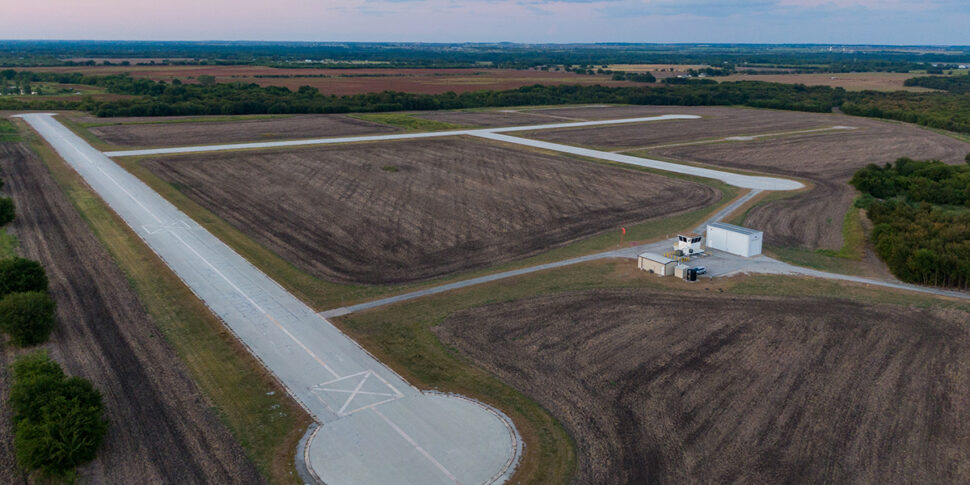
[Image: Courtesy AllianceTexas]
INFRASTRUCTURE AND PERMISSIONS
As with any form of flight, UAM and AAM aircraft will bring a host of infrastructure, regulatory and compliance challenges.
Vertiports — purpose-built facilities designed specifically for AAM operators — will create a need for infrastructure and capabilities that traditional landing facilities can’t meet. For example, vertiports pose a logistical and infrastructure challenge stemming from the need for electrification and recharging capabilities. Integrated charging systems will provide the power needed to safely, quickly, and efficiently charge the aircraft and ground-based electric vehicles that will transport passengers and goods. Additionally, future vertiports will need to accommodate a much higher volume of traffic, making location, noise contours, and approach and departure paths an essential part of the design equation.
While incorporating vertiports into existing airports seems like a logical fit, it also presents a new range of challenges, including equipment and aircraft storage, emergency response capabilities, aircraft maintenance, and the risks associated with high-capacity electrical equipment.
Across the industry, the first and most significant hurdle will be regulatory certification and compliance. Industry standardization affects the R&D, production, and market-readiness of new technologies; therefore it has a significant, collective effect on innovation, productivity, and market structure. At this point, the UAM and AAM industry has not defined the standards that will influence the vertiport of the future or the type of activity and scalability needed to support it. New questions emerge as quickly as the technology itself: What capabilities and equipment must a future vertiport have? What type of security and support is needed? What will the requirements be for integrating and defining airspace needs for eVTOL and UAM operations? What will be the industry standard for acceptable charging times? At what point do vertiports reach saturation? What, if anything, will differentiate passenger versus cargo-only vertiports, and what type of air and ground infrastructure should be required for each?
In this case, regulatory agencies are not the obstacle; their partnership is key to understanding and forecasting infrastructure needs as the industry continues to evolve.
REAL ESTATE AND WORKFORCE CHALLENGES
As UAM and AAM vehicles enter a period of rapid growth, real estate and workforce availability will be crucial to ensuring managed, organized adoption.
“The availability of talent is a key focus for us,” says Christopher Ash, Senior Vice President of Aviation Business Development at Hillwood. “An employee shortage in any industry is serious, but especially in an area as complex as the supply chain. AllianceTexas and the MIZ are positioned to recruit first-class talent who have an understanding of aerospace engineering, aviation technology such as future avionics and airspace design, 5G connectivity, and the other core skills that surround cutting edge aircraft technologies. Without that, you simply can’t move forward and grow successfully.”
Real estate challenges will shape how quickly the technology expands. These issues involve the availability of future sites and the capacity of the local electrical grid, airspace capacity and congestion, landside and airside access, and proximity to anticipated urban demand.
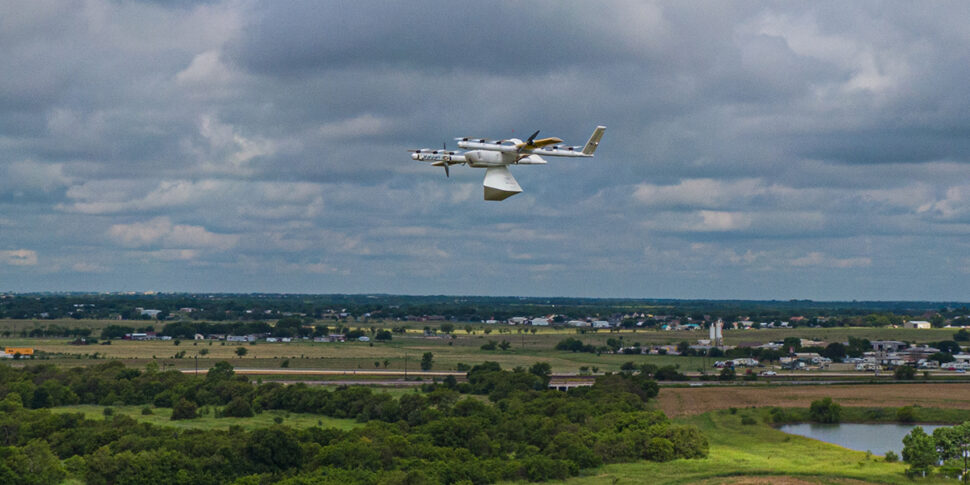
[Image: Courtesy AllianceTexas]
Innovative ecosystems like the MIZ offer aviation companies the right tools, partnerships, and infrastructure needed to safely test, scale, and sustain growth. The unique environment gives OEMs the opportunity to partner with other logistics companies based at the MIZ to navigate the evolving airspace environment and work together to develop and implement industry standards.
MANUFACTURING
The manufacturing challenges that stand between UAM and AAM vehicles and widespread deployment go far beyond aircraft assembly. In 2020, EASA issued a report recommending that vehicles comply with the reliability standards used by commercial aviation — which means that the threshold for probability of failure is one in a billion hours of flight. Achieving this requires extensive testing in environments that duplicate real-world scenarios.
To support the anticipated widespread adoption, manufacturers need to produce aeronautic-quality machines, but at automotive-quantity capacity. This means having a facility with easy access to parts, suppliers, and strategic partners.
Built-to-purpose landscapes like the MIZ help address these problems. Its access to more than 27,000 acres enable the MIZ to synthesize a variety of urban, residential and industrial environments, and its constant stream of cargo and business flights at Fort Worth Alliance Airport allow for a close examination of the types of solutions that will be needed to further integrate future vertiports with general aviation airports. It also provides charging, electrical generation and other basic services that manufacturers need to transform how people and goods move.
SUMMARY
UAM and AAM vehicles need manufacturing facilities and cross-industry collaboration to take shape. But the evolution toward widespread usage requires much, much more. Existing facilities like Fort Worth Alliance Airport, the MIZ, and others are leading the way in meeting these challenges head on by providing the infrastructure, space, and testing environments that the industry needs to rise above the obstacles that lie ahead.
Learn more about the MIZ at: alliancetexasmiz.com
![]()
Get on the list.
Dallas Innovates, every day.
Sign up to keep your eye on what’s new and next in Dallas-Fort Worth, every day.


